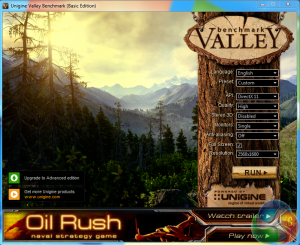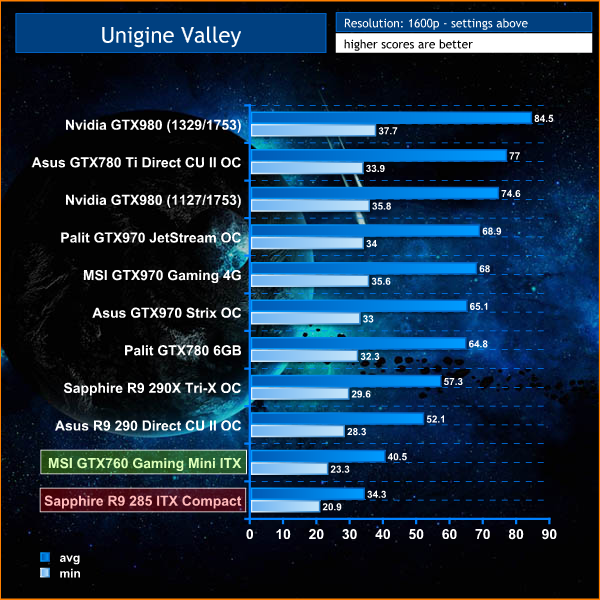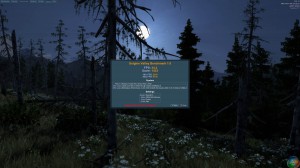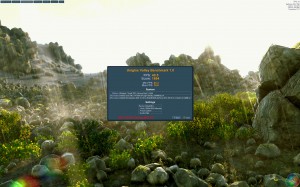Valley Benchmark is a new GPU stress-testing tool from the developers of the very popular and highly acclaimed Heaven Benchmark. The forest-covered valley surrounded by vast mountains amazes with its scale from a bird’s-eye view and is extremely detailed down to every leaf and flower petal. This non-synthetic benchmark powered by the state-of-the art UNIGINE Engine showcases a comprehensive set of cutting-edge graphics technologies with a dynamic environment and fully interactive modes available to the end user.

We toggle quality to HIGH, and resolution to 1600p.



Again, we see similar results from this Tessellation heavy benchmark with the GTX760 claiming a performance benefit over the AMD part.
Tags MSI GTX760 Mini ITX MSI GTX760 Mini ITX review Sapphire R9 285 ITX Compact Sapphire R9 285 ITX Compact review
Check Also
Mortal Shell is free on the Epic Games Store
Every week, the Epic Games Store gives away a title or two for free to all those with an EGS account. Available to claim right now, Epic is offering the action Souls-like Mortal Shell alongside bonus content for World of Warships.
 KitGuru KitGuru.net – Tech News | Hardware News | Hardware Reviews | IOS | Mobile | Gaming | Graphics Cards
KitGuru KitGuru.net – Tech News | Hardware News | Hardware Reviews | IOS | Mobile | Gaming | Graphics Cards


Why are many reviewers of the R9 285 card saying that it has 32 ROPs when it has 64 ROPs? (GPU-Z) its funny because they state that it has 32 ROPs and they have a picture of GPU-Z saying 64 in the same page lol
The fact that the Sapphire card is able to consume so much more power and stay cool and quiet while being that size really is quite impressive, and I hope it means we see more high-end cards in that form factor. But yeah also means the new 970 ITX that’s coming will likely stomp it quite badly, 20nm can’t come soon enough!
970 is in other range of performance, but product and price too. it would be more comparable to a itx 960 or 950 ti.
That is very fair and I must admit I didn’t even consider what the price difference is, I was mainly thinking from a performance in ITX perspective.
I have this exact problem: GPU-z the latest version says 32 ROPs whereas most of the online reviews of the R9 285 ITX state 64 ROPs. Does anyone have a clue what the issue is here? Software bug in GPU-z? Thanks.